In today's world, where a fitness craze is sweeping the globe, more and more people are beginning to pay attention to the relationship between exercise and health. However, the issues of sports injuries and chronic pain that come with it are becoming increasingly prominent.
How to conduct scientific and efficient sports rehabilitation has become a focal point for many people.
Unveiling the Mysteries of Plantar Pressure Distribution Systems
Imagine your feet as the "foundation" of your body, supporting the weight of your entire frame and bearing significant impact forces during activities such as walking, running, and jumping.
A plantar pressure distribution system acts like intelligent sensors beneath this foundation, capable of accurately capturing and recording the force distribution across different areas of the sole with each step or movement.
This system typically consists of pressure sensors, data acquisition devices, and data analysis software. Through high-tech means, it transforms complex biomechanical data into intuitive images and reports, providing a clear insight into the health status of our feet.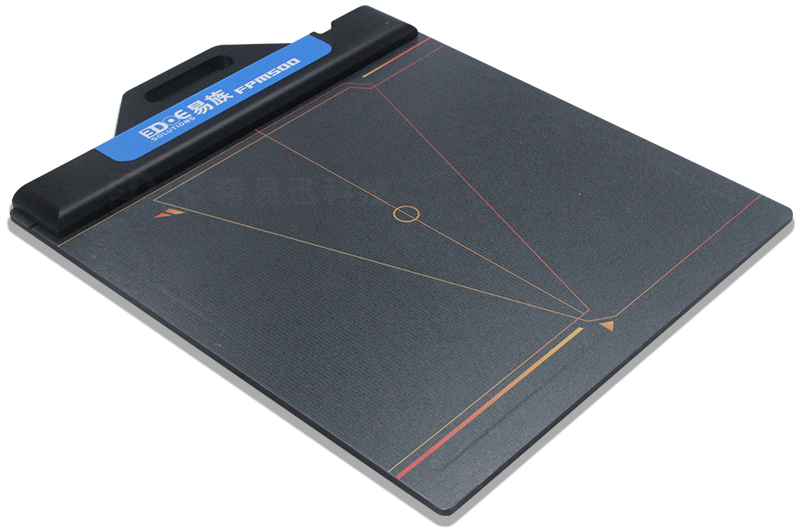
Personalized Rehabilitation in Sports
In the field of sports rehabilitation, plantar pressure distribution systems play a crucial role. They can reveal potential mechanical imbalances during exercise, such as overpronation or supination, and provide scientific grounds for designing personalized rehabilitation plans.
For instance, if a runner’s system detects excessive pressure on the forefoot, it might be due to fallen arches or inappropriate shoe selection.
Based on these data, therapists can tailor training programs, including adjusting running posture, selecting suitable shoes, and strengthening specific muscle groups, effectively preventing and alleviating sports injuries.
Precise Interventions to Relieve Pain
Many chronic pain issues, such as plantar fasciitis and Achilles tendinitis, are related to uneven pressure distribution on the sole. The plantar pressure distribution system can accurately identify pressure peaks in painful areas, helping patients and therapists pinpoint the root of the problem.
On this basis, through custom insoles, arch supports, or specific stretching and strengthening exercises, precise interventions can be made to the painful area. This targeted approach not only significantly relieves pain but also promotes the repair and regeneration of damaged tissues, enhancing rehabilitation outcomes.
Prevention is Better than Cure: Enhancing Athletic Performance
In addition to rehabilitation for sports injuries and pain, plantar pressure distribution systems are widely used to optimize and improve athletic performance.
By regularly monitoring and analyzing plantar pressure data, athletes can promptly identify potential biomechanical issues and make adjustments and optimizations under professional guidance.
This not only helps reduce the risk of sports injuries but also improves athletic efficiency and performance. For professional athletes, this is undoubtedly a powerful tool to enhance competitiveness.
With its unique technological charm, the plantar pressure distribution system has demonstrated broad application prospects in the field of sports rehabilitation. It is not only a "detective" for sports injuries but also a "designer" of rehabilitation plans and an "accelerator" for improving athletic performance.

 +86-0755-86131192
+86-0755-86131192 2024-10-11
2024-10-11 Back to list
Back to list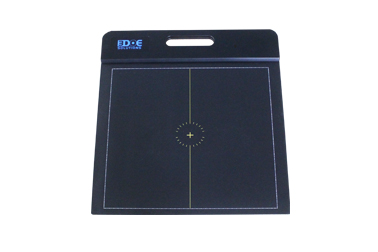
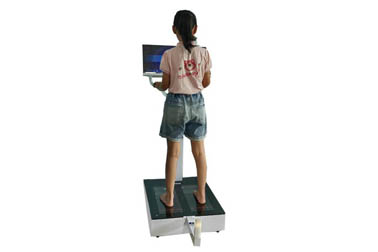
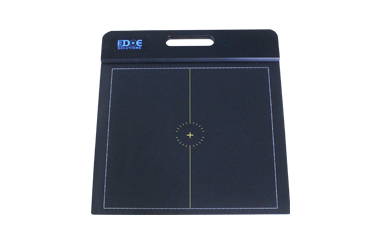
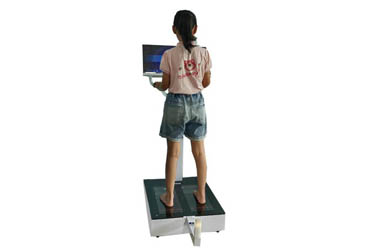
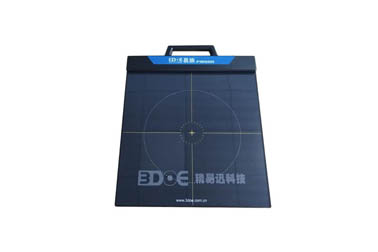
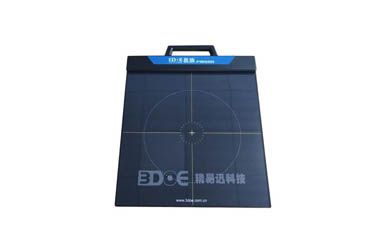



 +86-0755-86131192
+86-0755-86131192